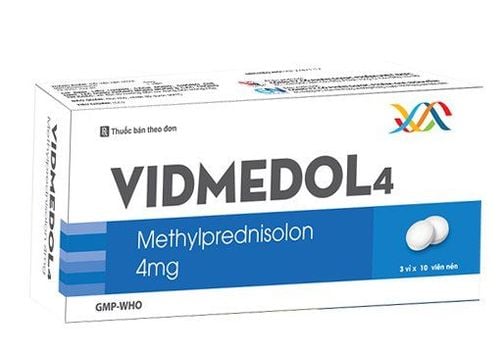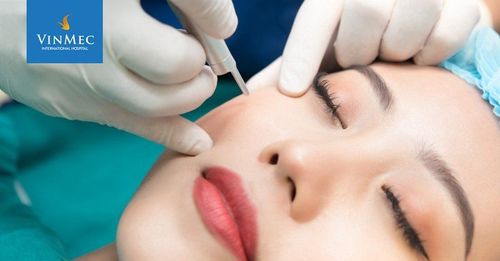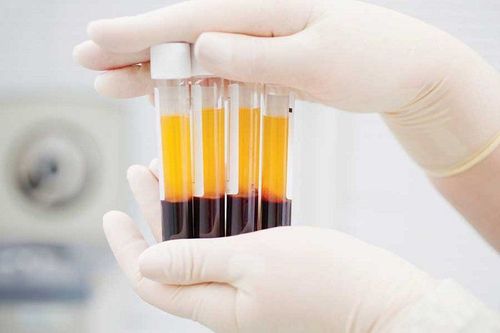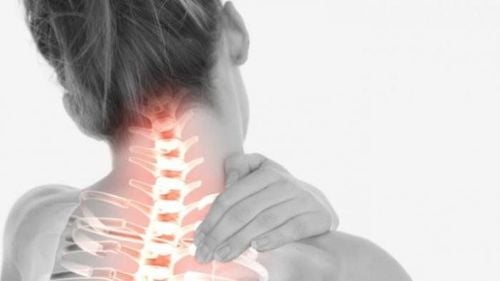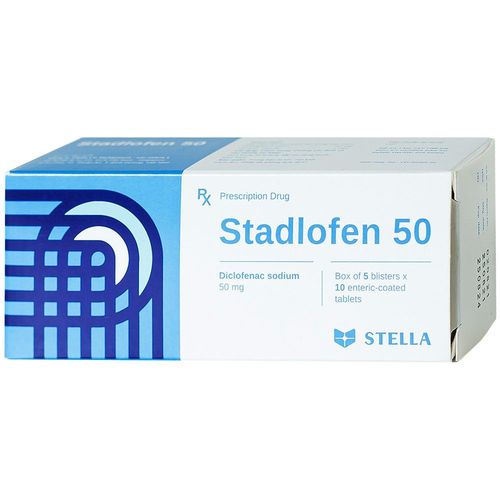This is an automatically translated article.
Posted by Doctor Bui Hanh Tam - Department of Anesthesiology and Anesthesia - Vinmec Times City International Hospital
Achilles tendon is the largest tendon in the body extending from the calf with the fusion of 3 muscles: the 2 abdominal muscles and the sandal muscle to attach to the heel bone. In addition to performing movements such as walking, jumping, and running, the Achilles tendon helps the body stand on the tips of the toes. The Achilles tendon is used for most activities, so it is also a place of great stress and vulnerability.
1. Mechanism and causes of Achilles tendon injury
The Achilles tendon is a relatively vascular area, 3-6 cm from the calcaneus attachment. This is the most common site of inflammatory lesions at the tendon attachment point, peri-tendonitis, inter-tendon inflammation, tendon fibrosis or tendon rupture.
Achilles tendon injuries are often caused by force overload, direct gravity on the tendon - seen in athletes who move at high speed.
Tendon fibers are made up of collagen fibers that give tendons softness and flexibility. In addition, the connective tissue with surrounding elastomers helps the fiber bundles slide over each other during movement. The amount of collagen decreases with age, so this tendon damage is more common in people over 30 years old, more men than women. Older people are more susceptible to damage to the Achilles tendon.
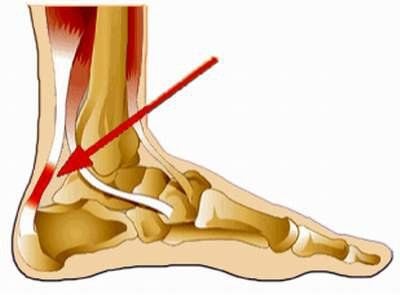
Vị trí gân Achilles
Sports prone to Achilles tendon injury are: Jogging, long-distance running, gymnastics, dance, soccer, volleyball, handball, basketball, baseball, tennis. Injury to this tendon is usually caused by a sudden start of movement with a quick toe push and quick lift to accelerate or sprint toward the finish line, or from a sudden change of direction. Tendon structure includes many small fibers, a sudden movement that mobilizes too many small tendons to participate without elasticity will cause damage from mild to severe.
People who are prone to Achilles tendon damage are those with loose ankle joints, obesity, muscle weakness, metabolic disorders, long-term use of corticosteroids or quinolones. Women who wear high heels or people with flat feet due to the distribution of force being concentrated in one spot for long periods of time in a fixed position are also prone to this tendonitis.
2. Signs of Achilles Tendon Damage
The mildest manifestation is a burning or stiff pain in the lower back of the calf in the morning. In some cases, part of the tendon can be torn or completely broken. Heel pain, especially when straining or standing on tiptoes. A lot of pain in the morning. When Achilles tendonitis is long, there is a risk of tendon rupture. If the tendon is broken, there will be persistent pain, feeling of swelling in the heel area, sometimes feeling stiff in that area. You may even hear a pop or crackle in the tendon area, which is accompanied by pain from a ruptured tendon. At the same time, the heel area becomes swollen and purple due to bleeding between the tendons.
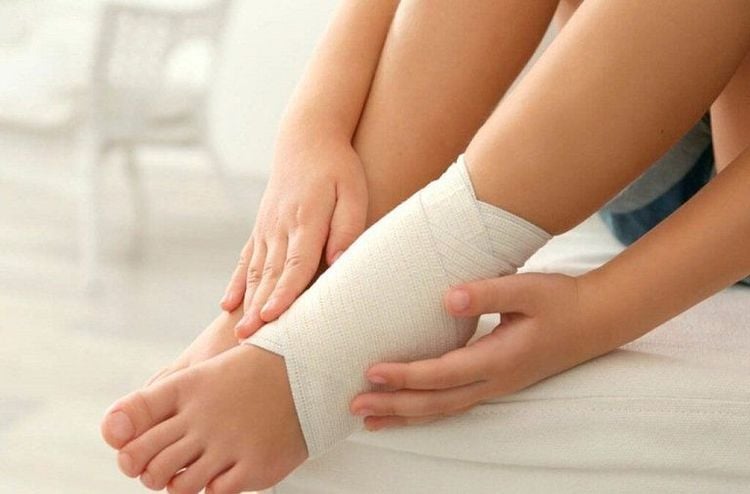
Đau vùng gót khi tổn thương gân Achilles
3. How to prevent Achilles tendon injury?
Approximately 80% of tendon injuries with minor tears are reversible in 3 to 6 months or longer with conservative treatment such as rest and avoidance of heavy and difficult exercises.
When playing sports, it is necessary to warm up carefully, stretch the tendons and muscles enough time before and after practice. Wear suitable shoes when playing each type of sport. Adjust the intensity of play if you notice any new discomfort in the heel and calves. If you have pain in the heel and back of the calf, you need to see a doctor as soon as possible to avoid complications of Achilles tendon rupture later.
4. Conservative treatment of Achilles tendon in acute stage
Anti-inflammatory drugs, pain relievers, cold compresses, high footrests will be helpful for this period.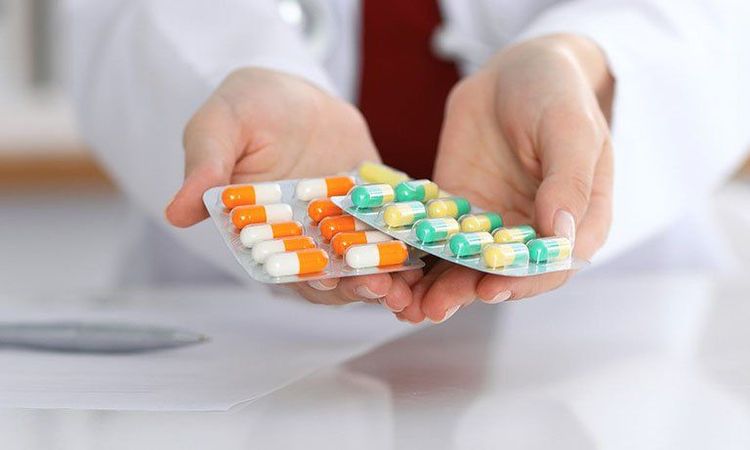
Sử dụng thuốc giảm đau trong điều trị bảo tồn gân Achilles
5. Early treatment of platelet-rich plasma
In the acute stage of inflammation, the swollen tendon with anti-inflammatory ingredients is brought to the injured area to help heal. In the chronic inflammatory stage, new blood vessels and immature tendon fibers appear in the tendon, so it is easy to tear and rupture the tendon. Achilles tendon injuries often take a long time to heal. Under the ultrasound machine, vascular proliferation due to inflammation and tissue changes around the tendon can be seen. After the acute inflammatory phase, the tendon will thicken and lose its elasticity.
Fresh platelet-rich plasma taken from autologous blood, injected directly with a needle into the right tendonitis with the guidance of an ultrasound machine will help promote the autologous healing process to happen faster, sooner . Therefore, PRP injections provide effective pain relief and shorten the recovery time. Each treatment cycle consists of 3 injections. In addition, an intermediate tendon strengthening rehabilitation exercise or physical therapy with ancillary devices can also help relieve pain.

Phương pháp điều trị huyết tương giàu tiểu cầu
Do not hesitate to see a pain doctor if your heel pain does not improve with medication or becomes worse, causing you to feel pain in the heel or difficulty walking or standing on the foot.
Please contact Pain Clinic, Vinmec Times City International General Hospital for examination, consultation and treatment with experienced specialists.
Hotline contact: 0243 9743 556
Address: Vinmec Times City International General Hospital, 458 Minh Khai, Hai Ba Trung District, Hanoi.




